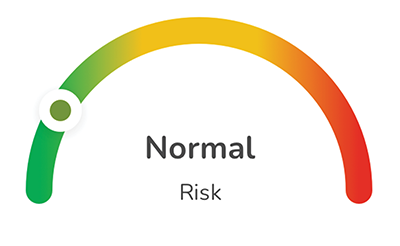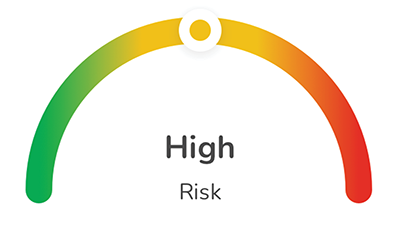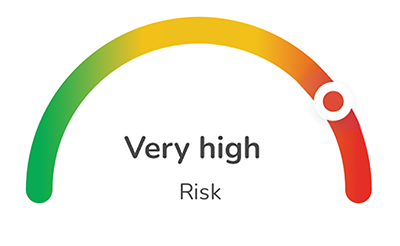The Night Low Predict feature shows your risk of night-time hypoglycemia and suggests preventive action. The prediction is based on your glucose values and trends, nightly hypoglycemia history, carbohydrate intake, and insulin entries in the Logbook.
How to use predictions at night
You can set up a notification for high-risk nights
You can receive a notification if there’s a high or very high risk of low glucose during the night. Simply select your typical bedtime for the week, and the reminder will appear on your lock screen between 21:00 and 02:00, as long as notifications are enabled.
![Phone screen showing 'High' risk for low glucose during the night with a 110 mg/dL[6.1 mmol/L] reading and recommendation for nearby carb snacks.](/sites/g/files/papvje416/files/2025-05/Night%20low%20glucose%20predict_Details_0.png)
Between 21:00 and 02:00, the Home screen shows your risk of low glucose for 7 hours during the night. For this feature, a low glucose value is defined as being below 70 mg/dL[3.9 mmol/L] regardless of your personal Low Glucose threshold.

You can proactively check the prediction between 21:00 and 02:00
If the risk of low glucose levels is different between the early night (first 3.5 hours) and the late night (last 3.5 hours), the prediction will highlight the period with higher risk. Predictions are more accurate for the first part of the night because it is easier to be confident about short-term predictions.
You can request a recalculation every 20 minutes
If your last carbohydrate and insulin intake was less than 20 minutes ago, the recalculation will be imprecise. If you recorded your intake in the Logbook, this feature will be unavailable for 20 minutes until the prediction is updated.
How to act on the predictions
There are 3 different risk levels, with a different color representing each level.

Normal risk
Green: Average risk* of low glucose
A normal risk means that you have an average risk of having low glucose at night. You can prepare for bedtime in the same way as you usually do.

High and very high risk
Yellow: Higher than average risk* of low glucose
Red: Very high risk of low glucose
A high or very high risk means that you can decide whether to consume long-acting carbohydrates with proteins and fat, and/ or reduce your basal insulin or basal rate before you go to bed.

The action you take will depend on your diabetes therapy, personal experience, and whether the low is predicted for the first 3.5 hours or last 3.5 hours of the night. In case of doubt, discuss the appropriate action with your diabetes care team.
Ensure the Very Low Glucose Alarm and Low Glucose Alarm are activated in the Accu-Chek SmartGuide app during the night.
Everyday life example
Watch the video below, or continue reading to find out how to use the Glucose Predict feature in your daily diabetes management.
How Paul uses the Night Low Predict feature for better sleep
Paul has had diabetes for over 10 years, which is treated with a short-acting and a long-acting analog insulin. He is worried about low glucose, especially at night, because he has struggled with this in the past. His doctor recommended reducing lows as much as possible at his last appointment.
Preparing with the 7-hour night low prediction
Before Paul goes to bed, he usually checks his glucose and injects long-acting insulin. Tonight, he received a “Night Low Predicted!” notification at 22:00. It shows that he is at a high risk of having low glucose levels during the first half of the night, between 22:00 and 01:30.
Checking the hypoglycemia risk before bedtime
Paul taps the notification to see more information, including his latest glucose value and what he can do to reduce deviations. Paul’s glucose is now 134 mg/dL[7.4 mmol/L], so he decides to eat something to keep his glucose levels stable overnight. A snack before bed should help him to reduce the predicted changes in the following hours.
Going to bed for a good night’s sleep
Now that Paul has checked the prediction and taken action to reduce changes in his blood glucose during the night, he can go to bed and fall asleep easily.
If he often has a high risk of low glucose at night, he will ask his care team for advice about the possible causes and an adjustment of his medication.
Next, learn more about the Night Low Predict feature.
Get in touch
Online Sun-Fri from 8 a.m. to 7 p.m. Gulf Standard Time
Sun-Fri from 8am-7pm
Holiday Hours
Our customer care team is fully operational even during public holidays from Sun- Fri from 8am-7pm.
